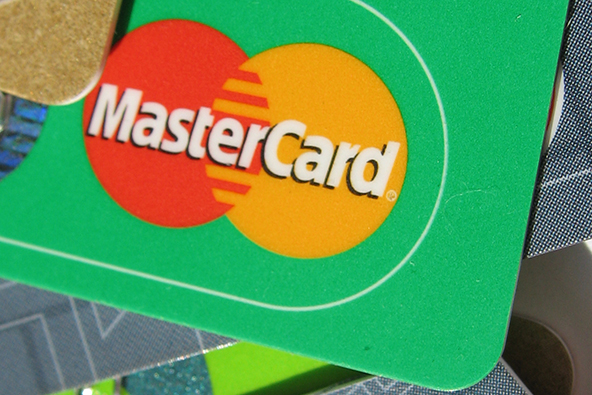Why Is U.S. Credit Card Debt not Growing?

Americans have done it again. Ever since the precipitous fall of the aggregate amount of U.S. credit card debt ended in late 2010, every significant monthly increase in the total has been promptly followed by a decrease of about the same magnitude. As a result, as you can see in the revolving credit chart below, in the past two years the sum of the outstanding consumer credit card balances has remained virtually unchanged. The latest Federal Reserve data, released on Tuesday, provide a perfect illustration of the recent trend. Following the spike in May, the biggest one since November 2007, the credit card debt total has dipped in June, bringing down the annual growth rate back into negative territory.
The trend has been quite the opposite for the much larger debt category that includes student and auto loans, which just keeps rising. Even so, the aggregate amount of U.S. consumer debt is yet to surpass the all-time high reached in September 2008. The collapse of Lehman Brothers in that month seems to have launched not only the financial crisis that is still wreaking havoc around the world, but also a lasting shift in Americans’ attitude toward credit card debt, or at least one that is persisting through the recovery, such as it is. Let’s take a look at the latest data.
Credit Card Debt down 5.1% in June
 The total amount of outstanding consumer revolving credit in the U.S., which is made up almost exclusively of outstanding credit card balances, fell in June by 5.1 percent, or $3.7 billion, from the previous month’s level, bringing the total down to $864.6 billion.
The total amount of outstanding consumer revolving credit in the U.S., which is made up almost exclusively of outstanding credit card balances, fell in June by 5.1 percent, or $3.7 billion, from the previous month’s level, bringing the total down to $864.6 billion.
In the post-Lehman period, U.S. revolving credit had been falling continuously until the end of 2010. Then, in 2011, half of the Federal Reserve’s monthly releases reported increases in the credit card debt total, including each of the last four. Following the drop in June, the current total is still lower by 14.4 percent, or $145.7 billion, than the $1,010.3 figure measured at the end of 2008, and is just below the $864.9 billion mark set at the end of 2011.
Overall Consumer Credit up 3%
The non-revolving constituent of the consumer debt total, which includes student loans, auto loans and loans for mobile homes, boats and trailers, but excludes home mortgages and loans for other real estate-backed assets, rose again in June. The Federal Reserve reported a $10.2 billion — or 7.2 percent — increase from the previous month’s level, raising the total up to $1,712.8 billion.
The non-revolving total has grown in every month since July 2010, with the sole exception of August 2011 when it fell by 6.4 percent. The current figure is higher by 11.3 percent, or $174.5 billion, than the total of $1,538.3 billion, recorded at the end of 2008.
The aggregate amount of outstanding U.S. consumer credit — the sum of the revolving and non-revolving debt totals — rose by 3.0 percent, or $6.5 billion, to $2,577.4 billion in June, its tenth consecutive monthly increase. The new total is still lower by about $10.1 billion, or 0.4 percent, than the all-time record of $2,587.5 billion, set in July 2008, but that figure may be surpassed as early as next month.
The Takeaway
So I think that by now, almost four years after the Lehman event, the shift in consumer attitude toward credit card debt should be viewed as one of the defining features of the post-crisis period. Not only did the debt total fall steeply in the first two years following the financial meltdown, but so did the credit card delinquency and charge-off rates. Moreover, the credit card monthly payment rate (MPR) — the rate at which cardholders are repaying the principal on their credit card debt — has increased by something like 50 percent, compared to the historical averages. And all these three indicators, having already set records, are still improving, even as the credit card debt deleveraging process has slowed down and may even have run its course. But if you keep making your payments on time and at a payment rate of 20 percent or more, the debt total will at least not be rising. And that’s exactly what’s been taking place over the course of the past 18 months or so.


